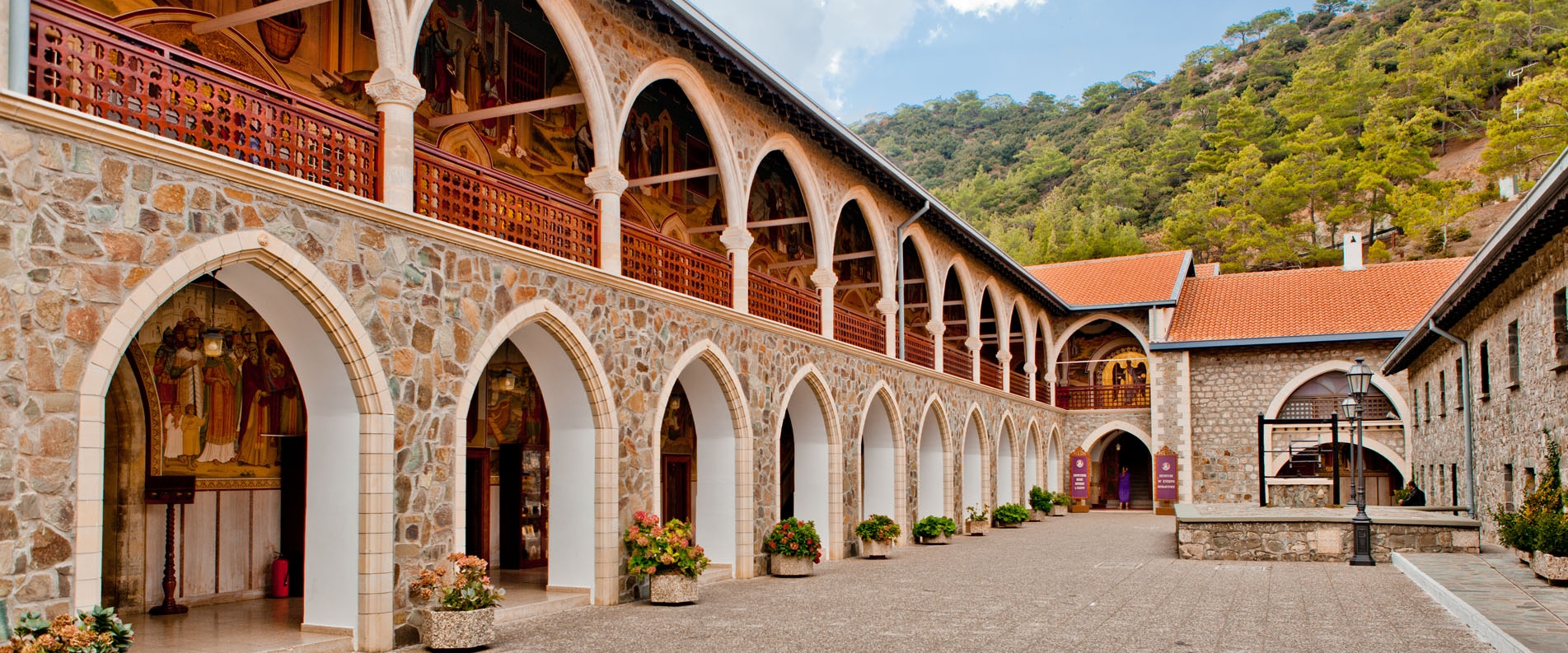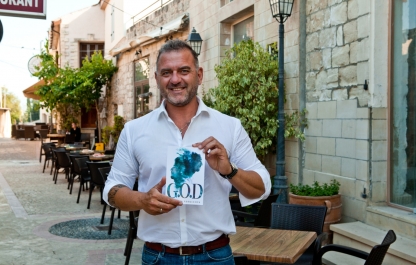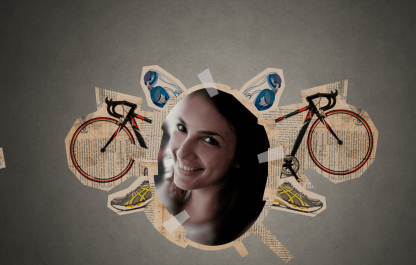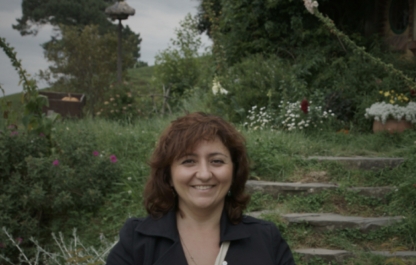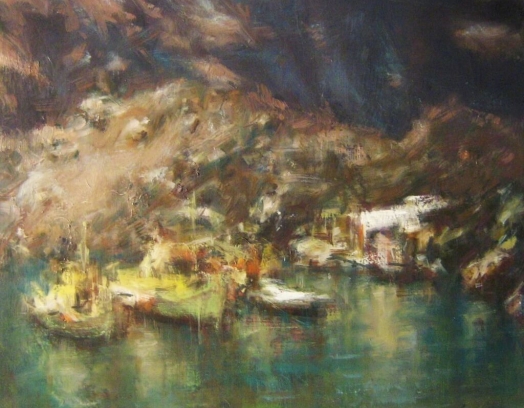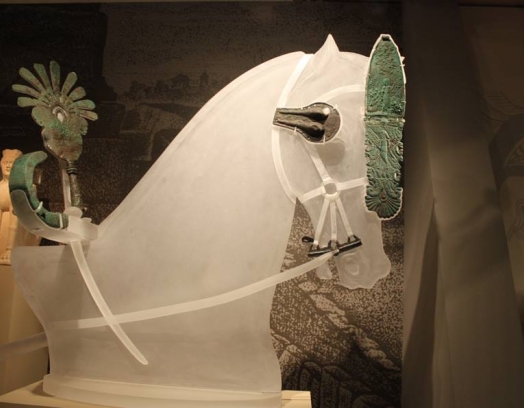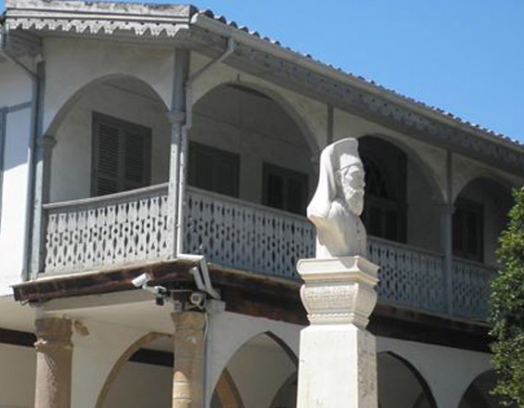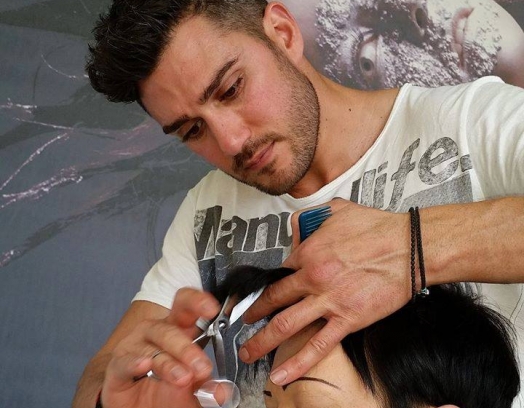Since the moment it was founded in the 11th century, Kykkos monastery, which lies in the Troodos mountains (full name — The Holy, Royal and Stauropegial Monastery of the All-Holy Virgin of Kykkos) has housed in its walls an ancient icon of the Virgin Mother. According to legend, the Mother of God herself asked the Apostle Luke to craft the miraculous object.
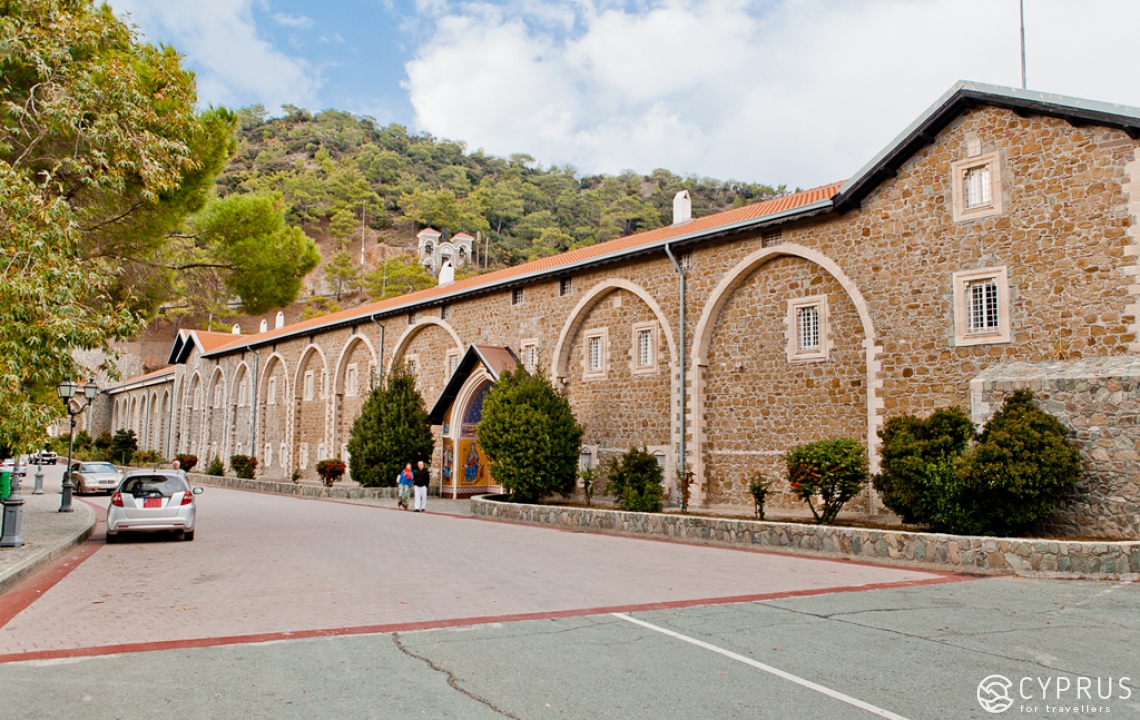
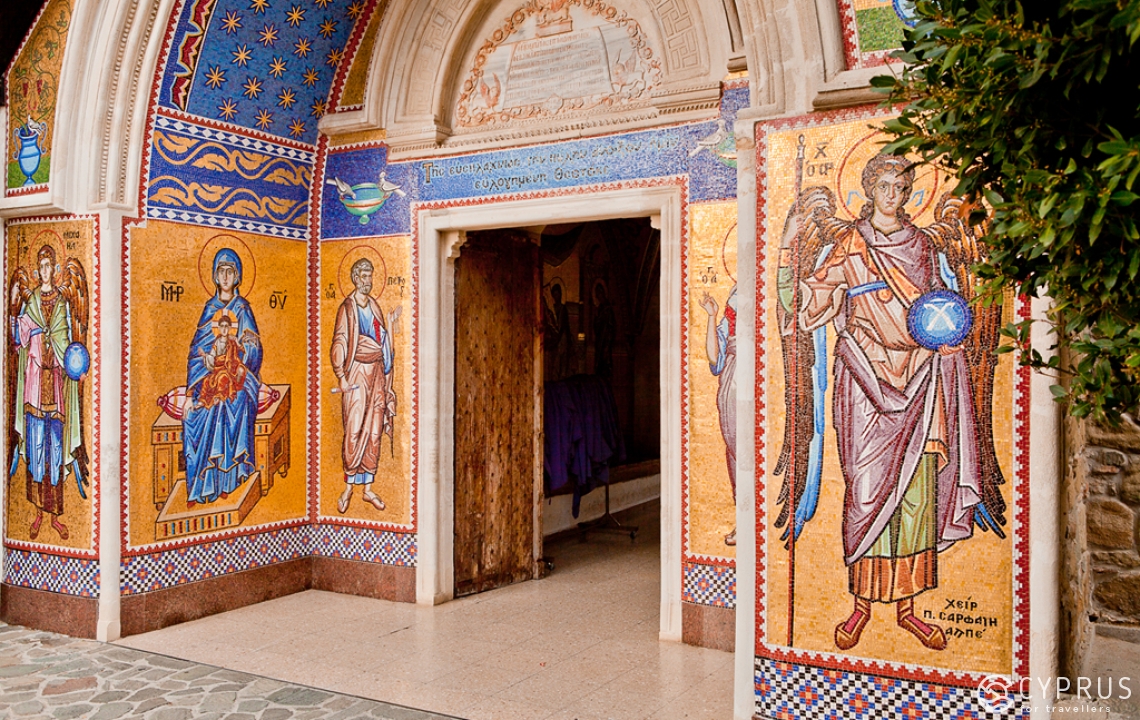
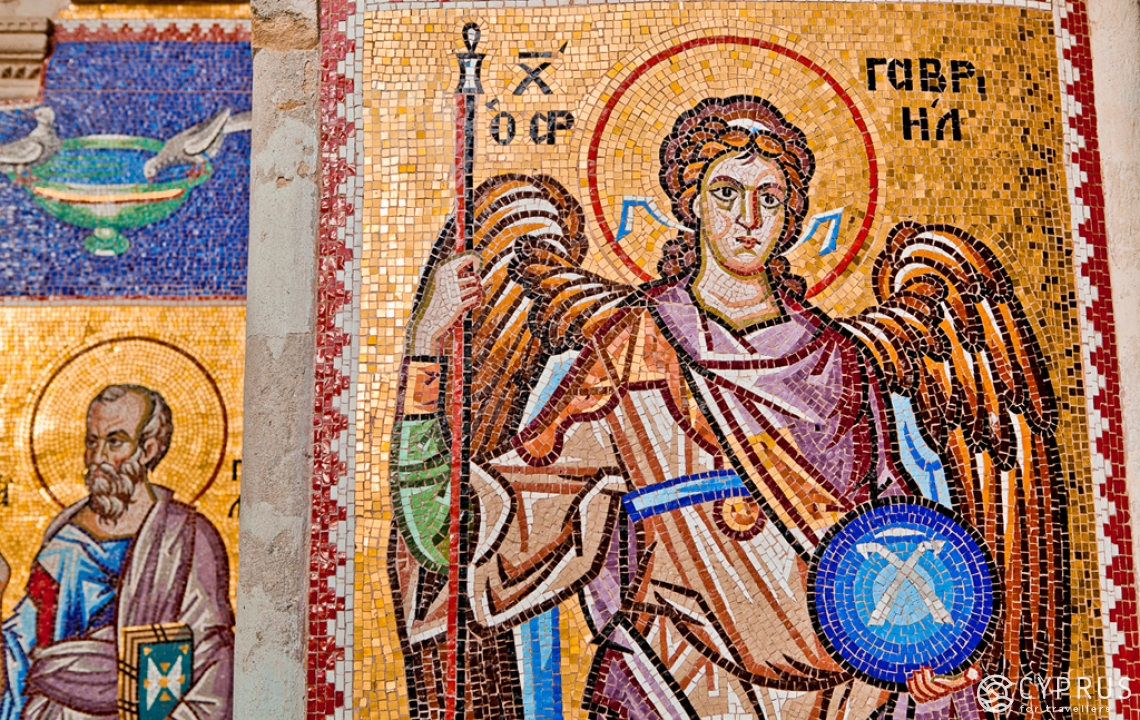
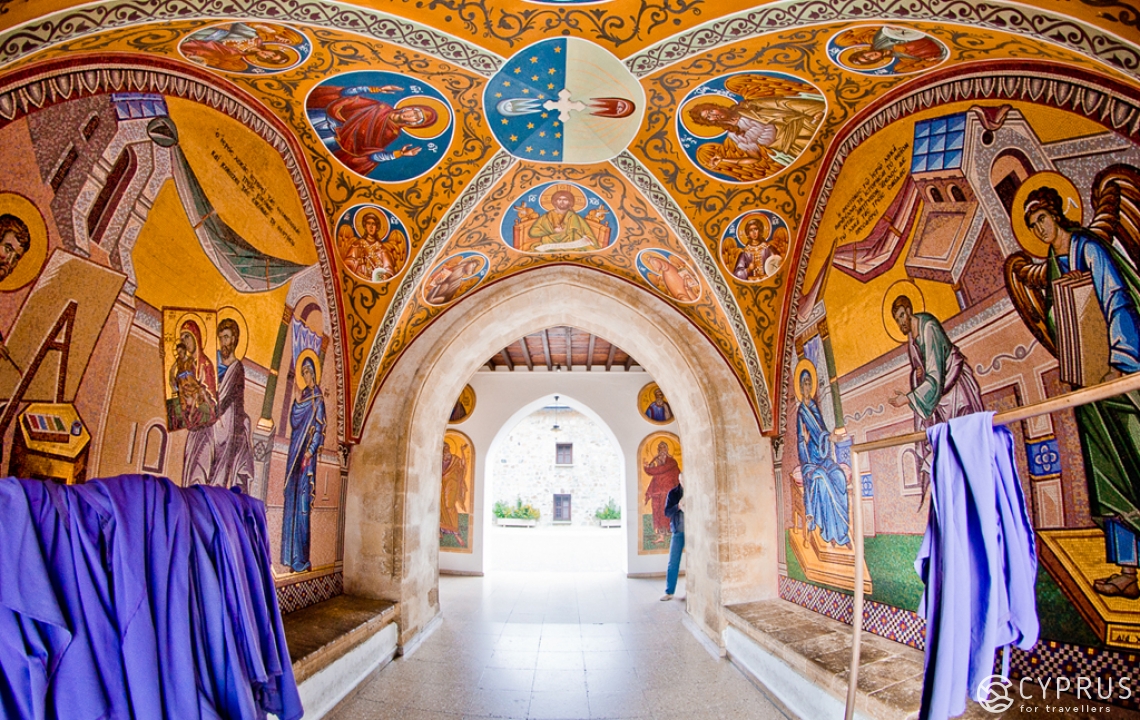
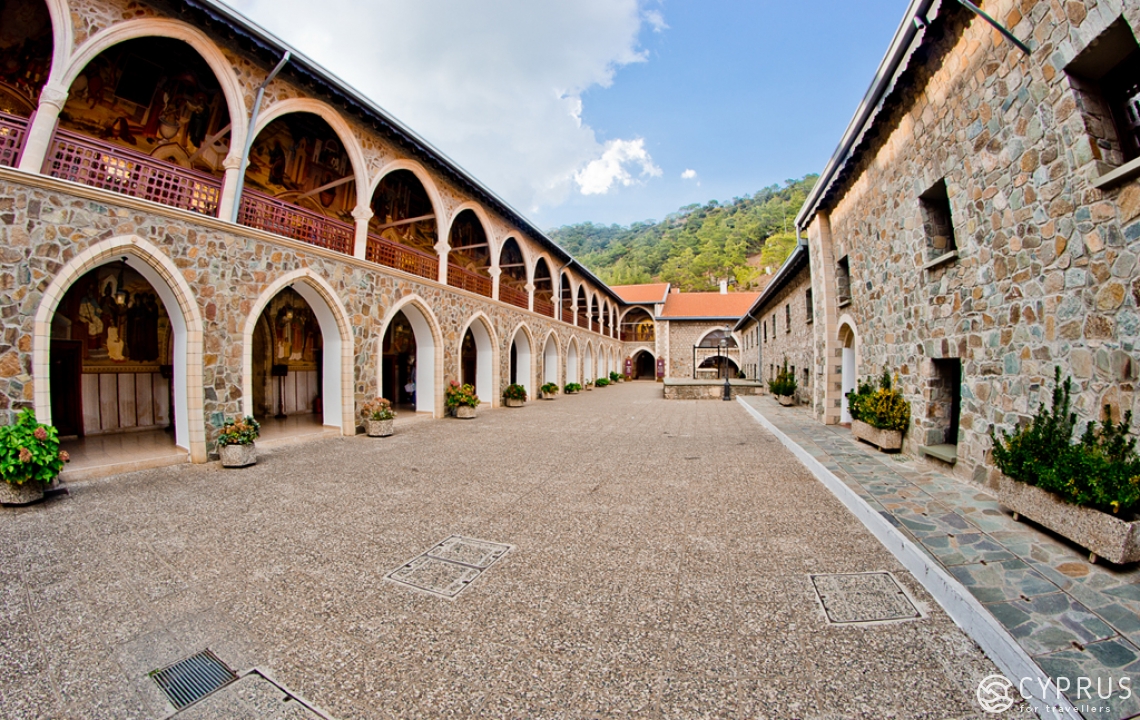
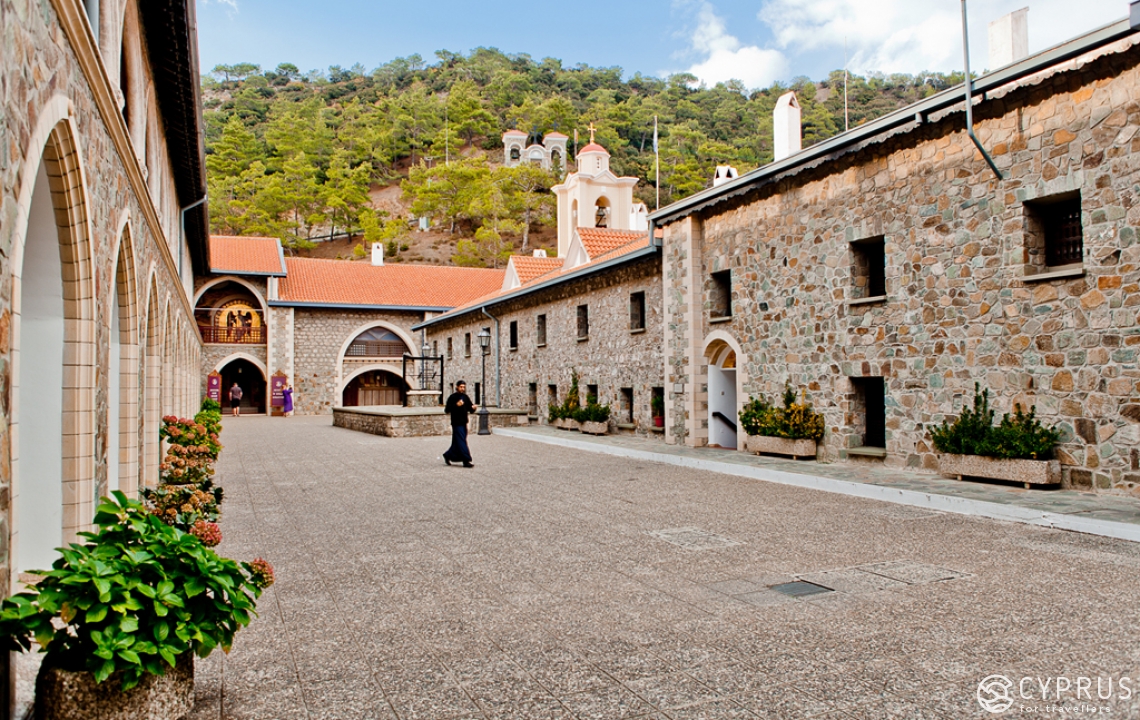
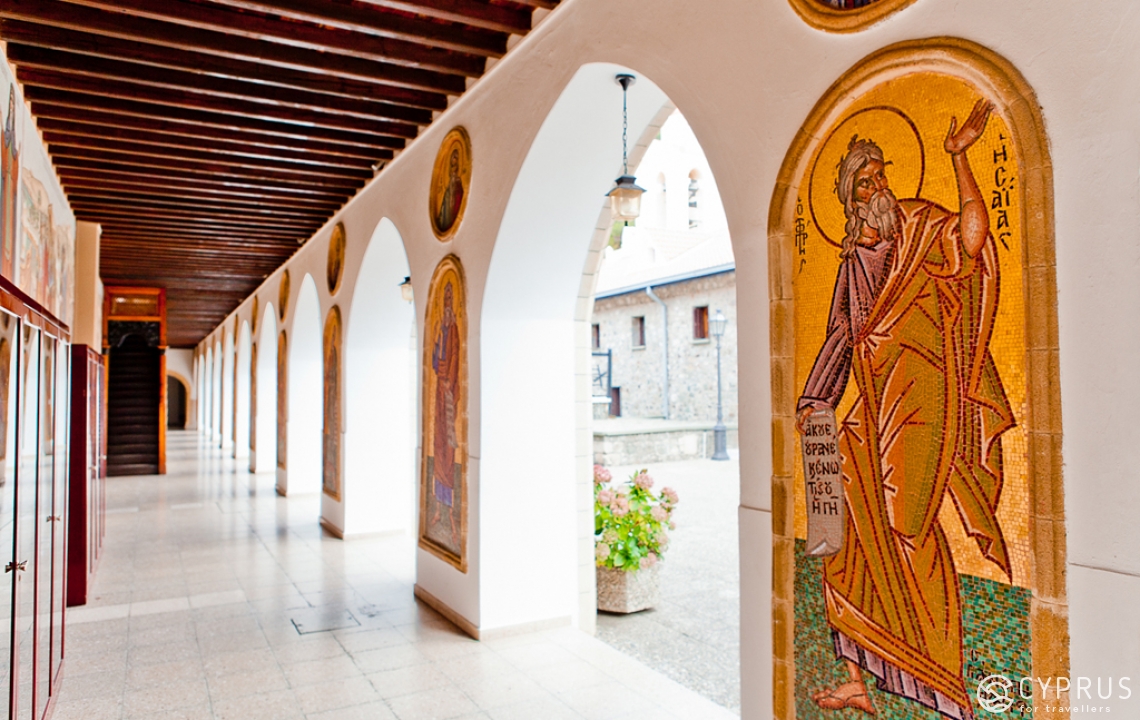
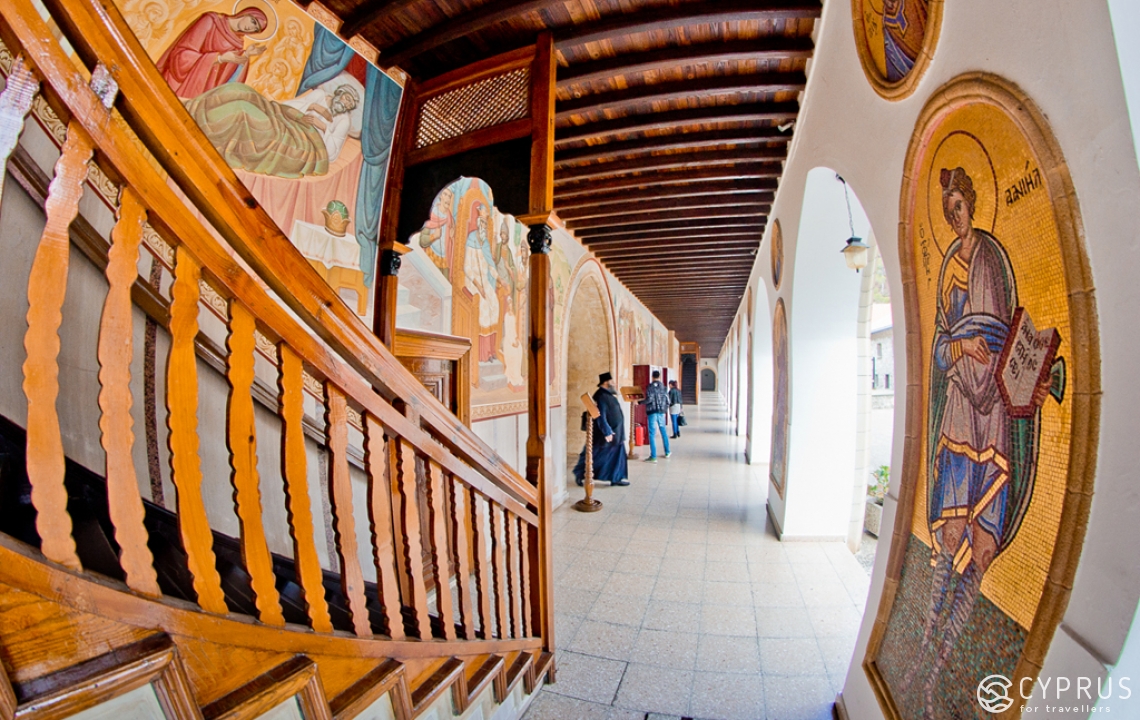
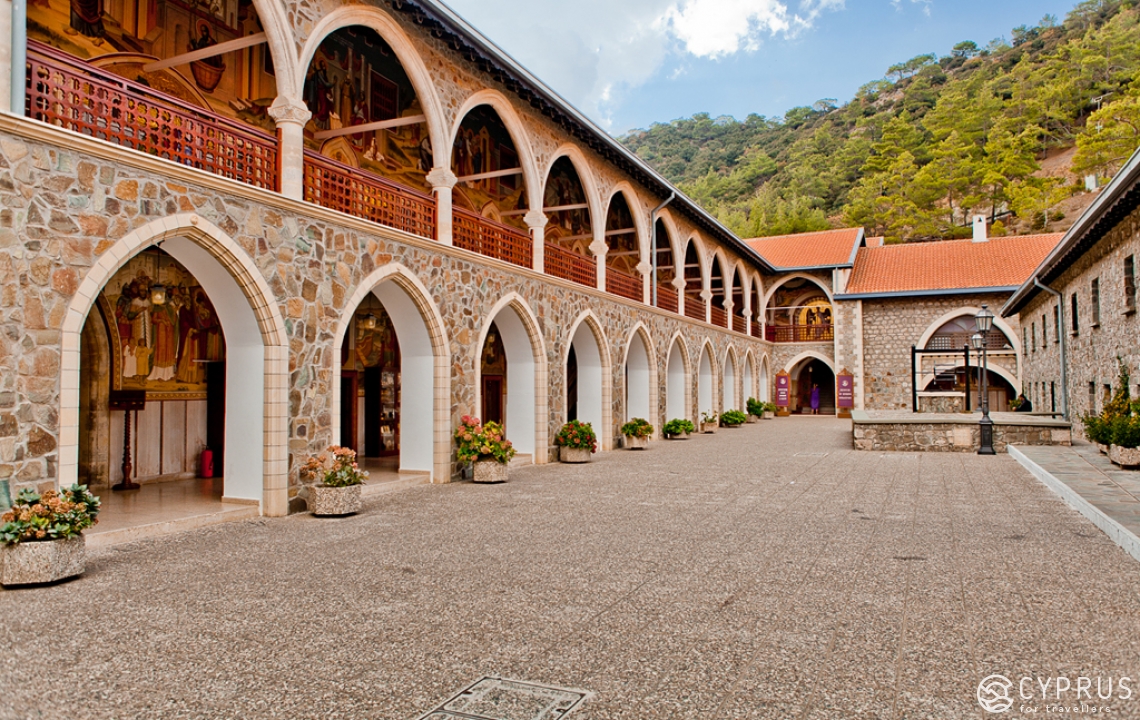
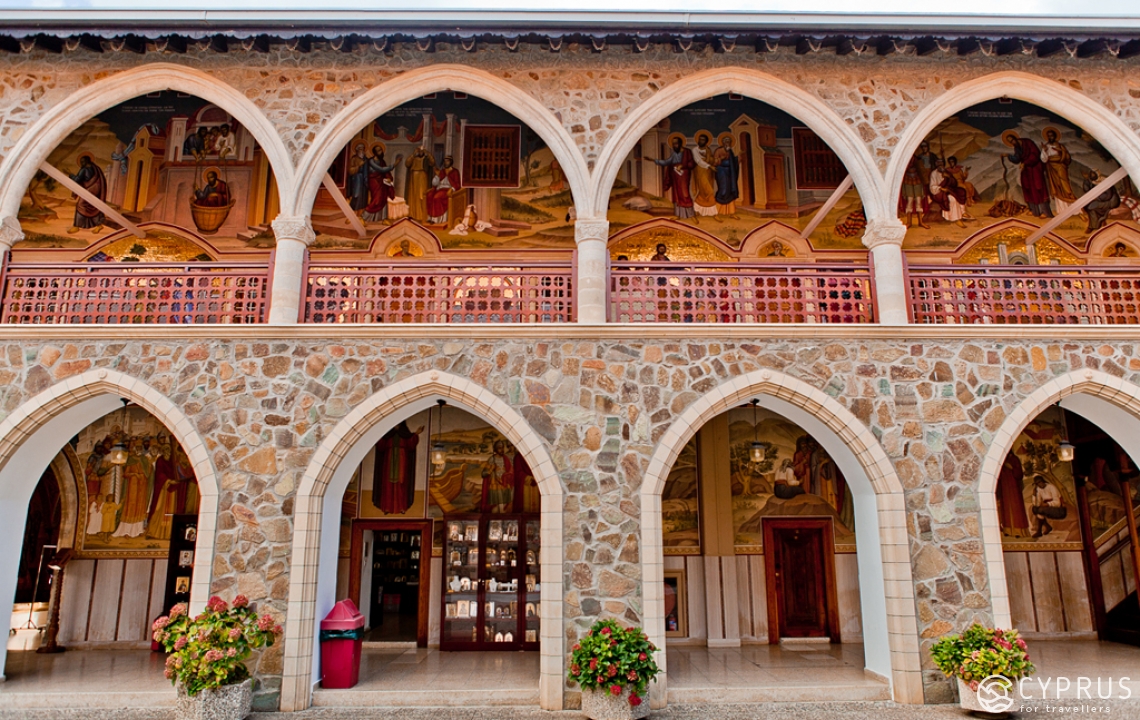
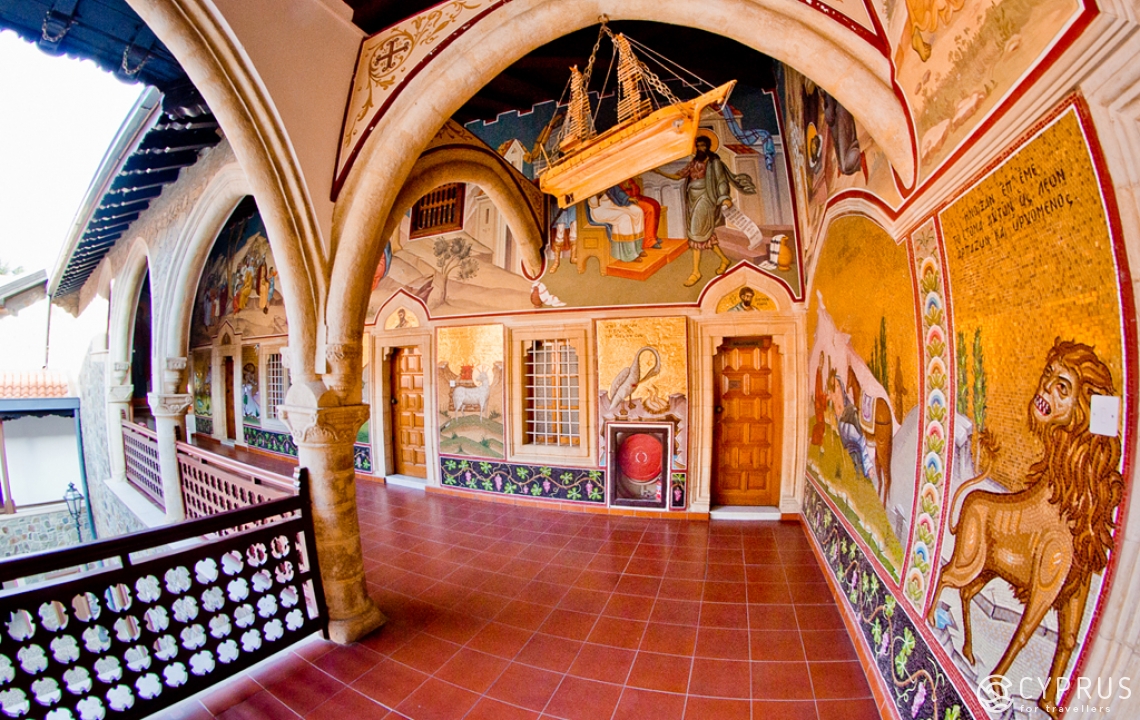
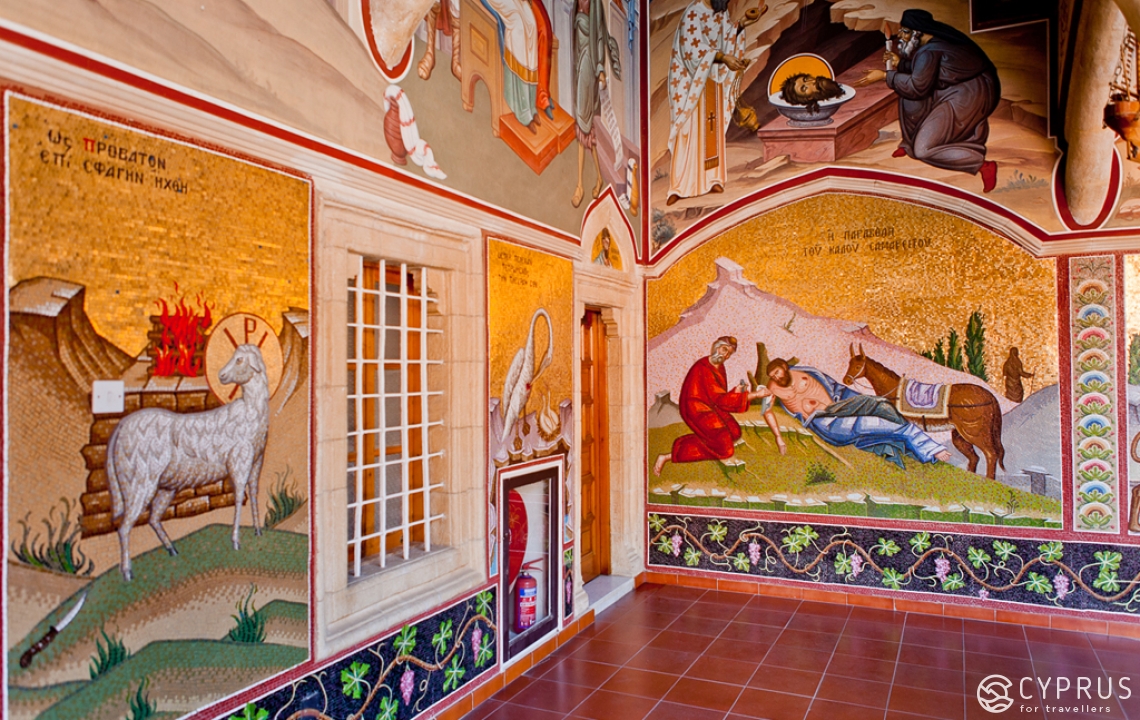
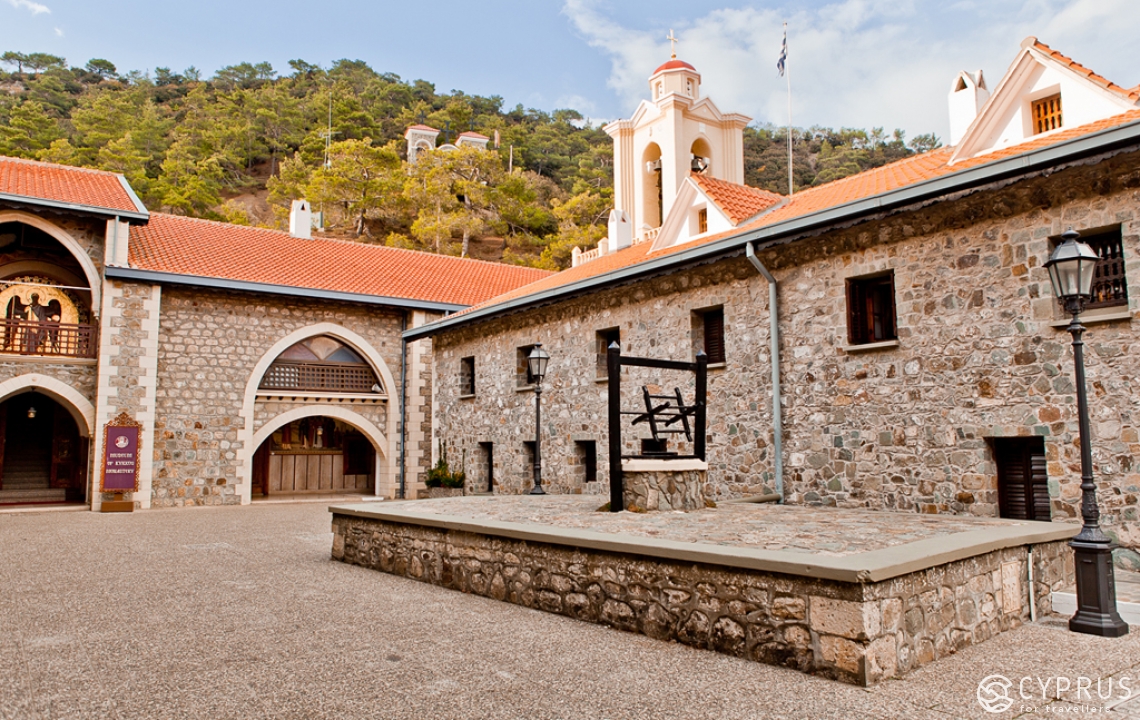
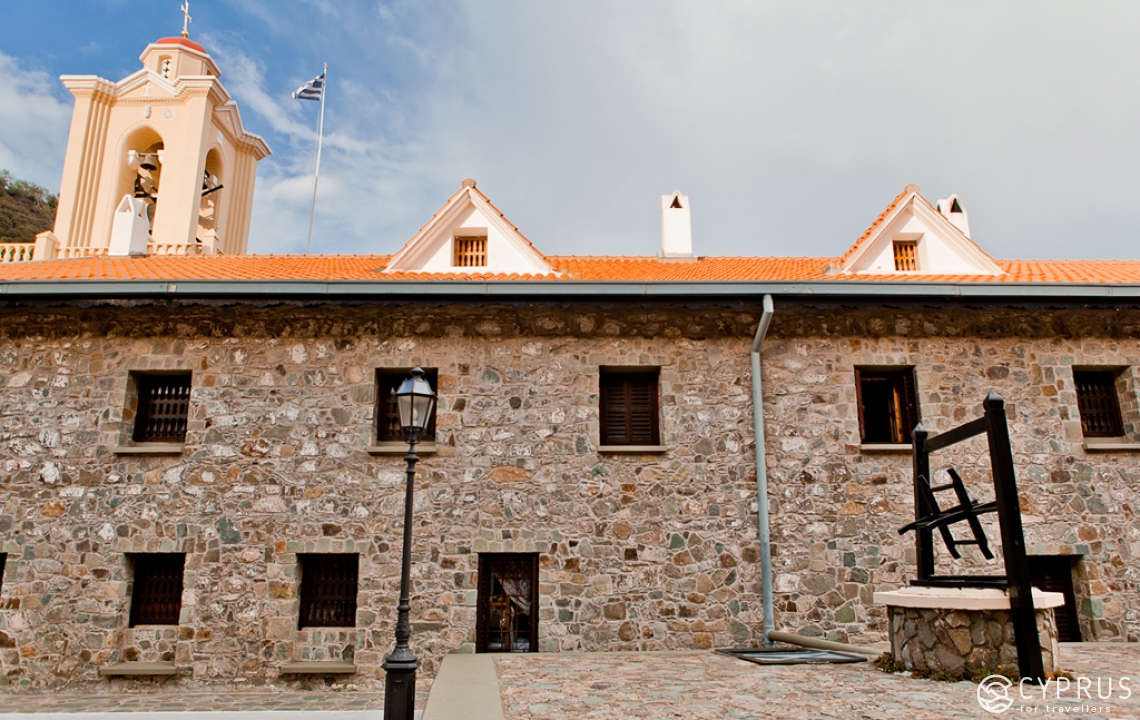
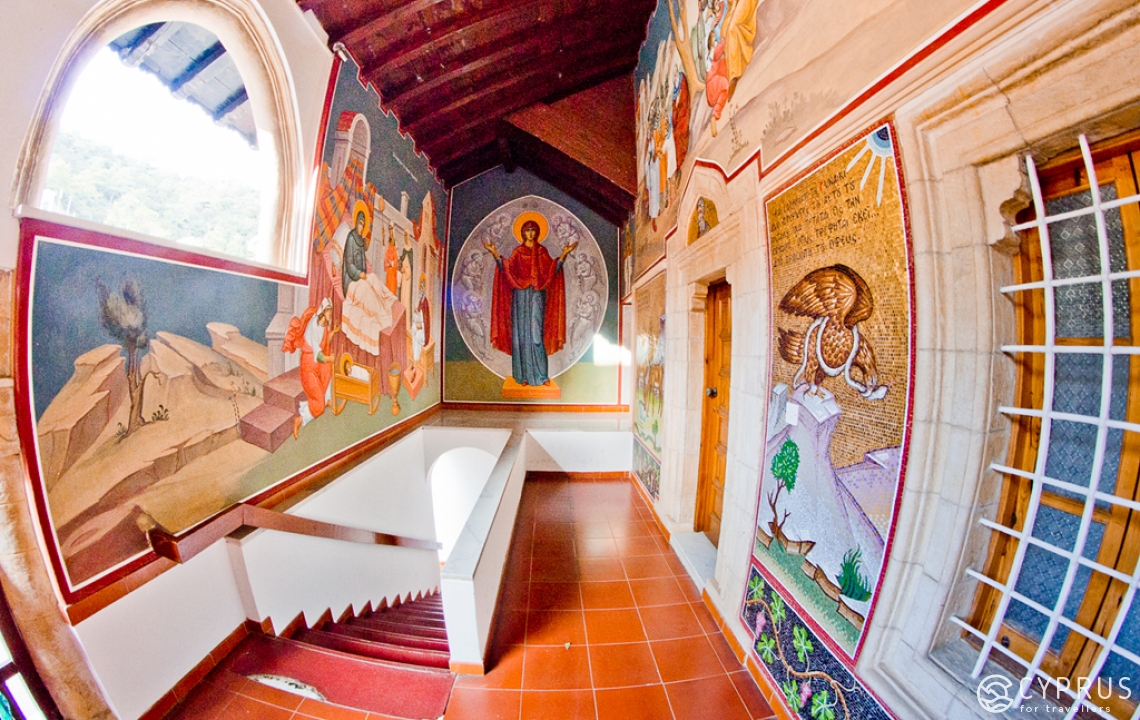
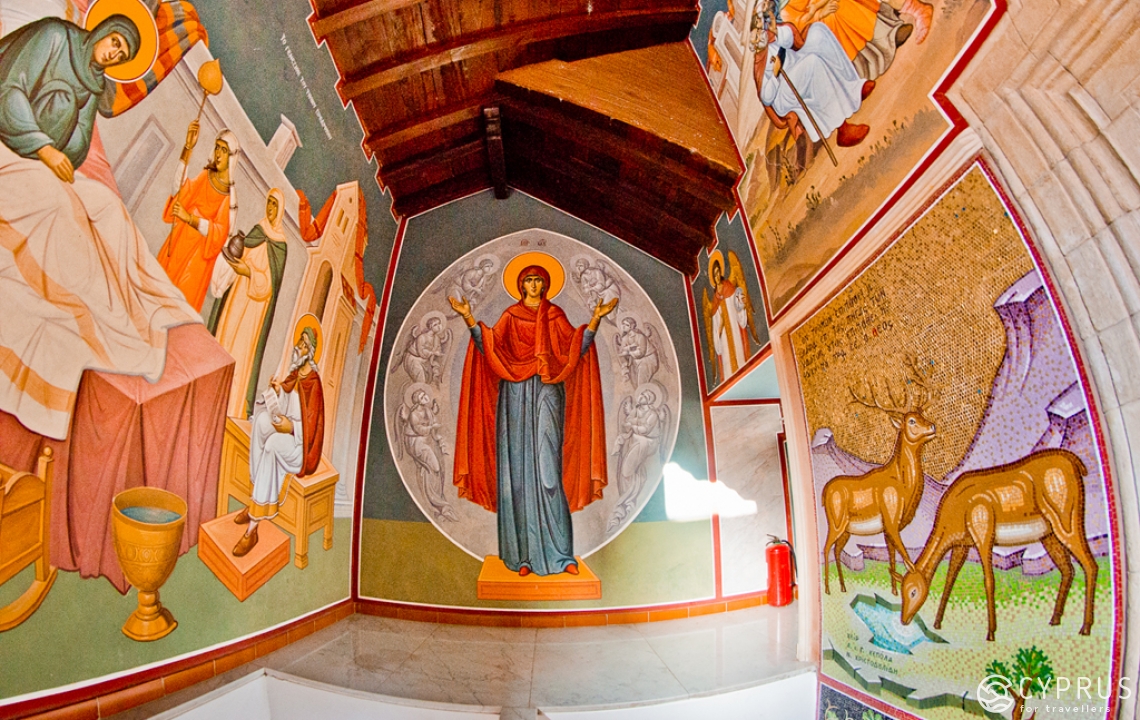
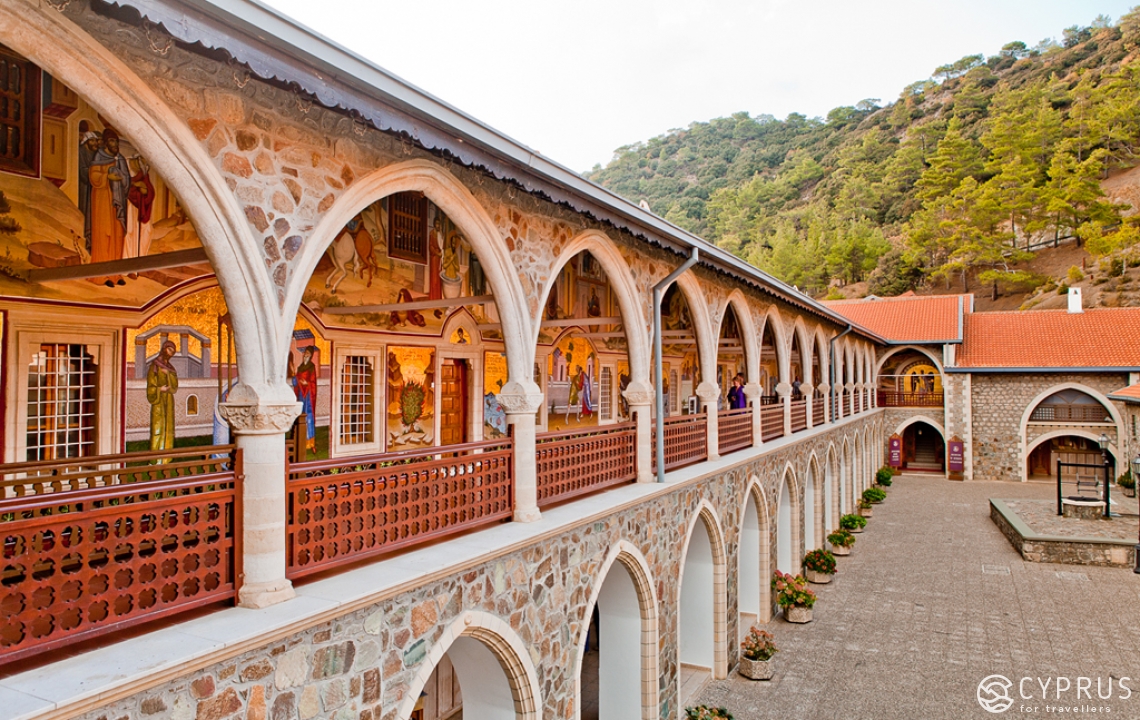
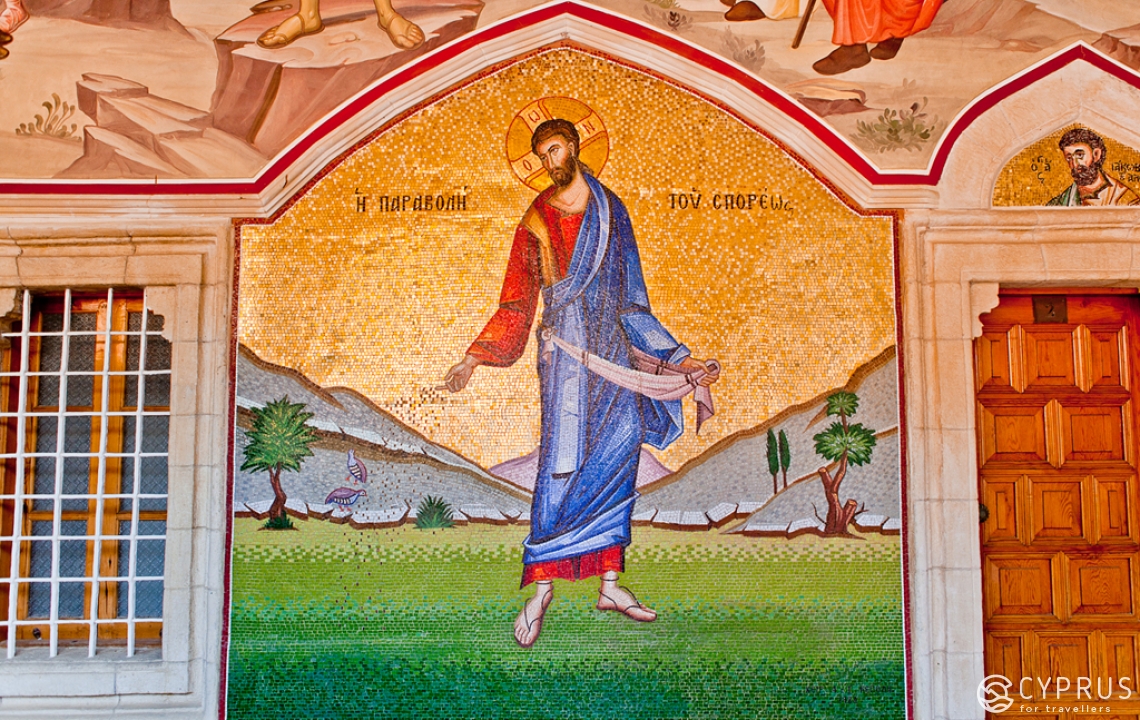
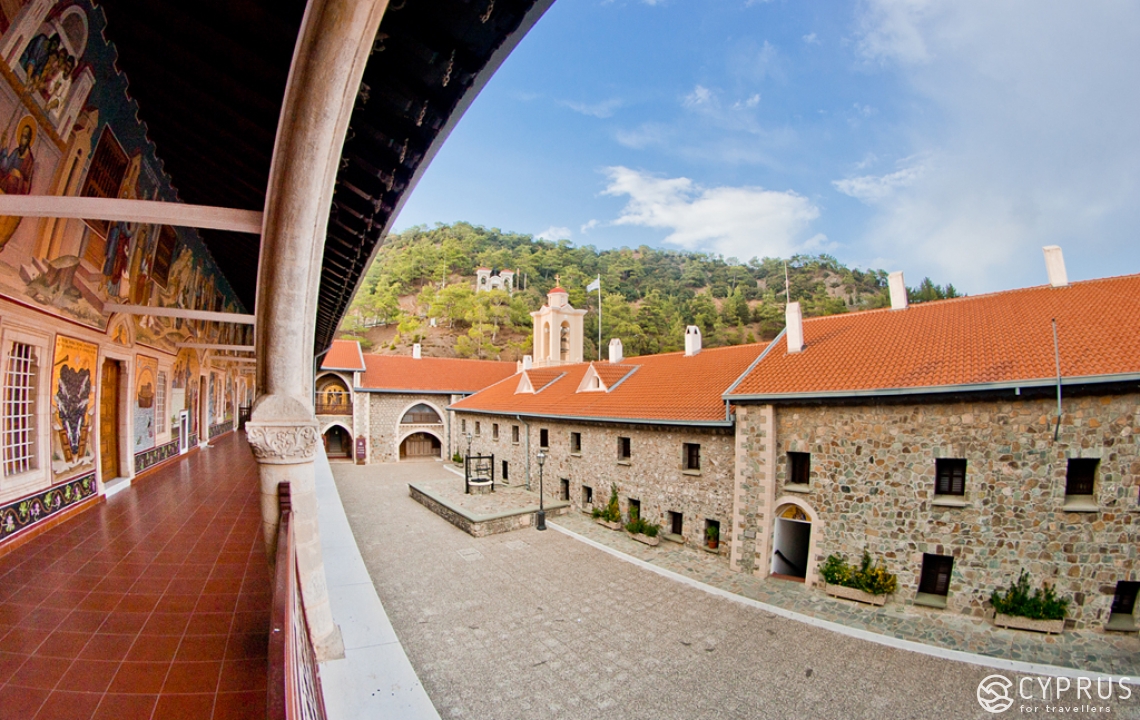
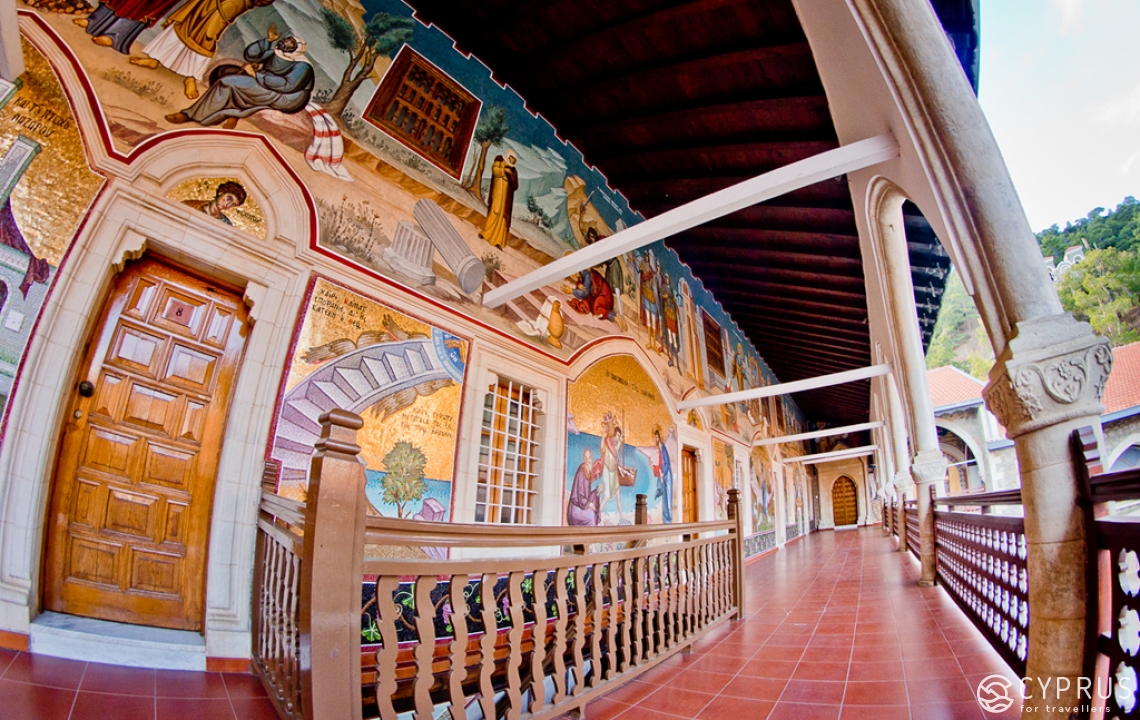
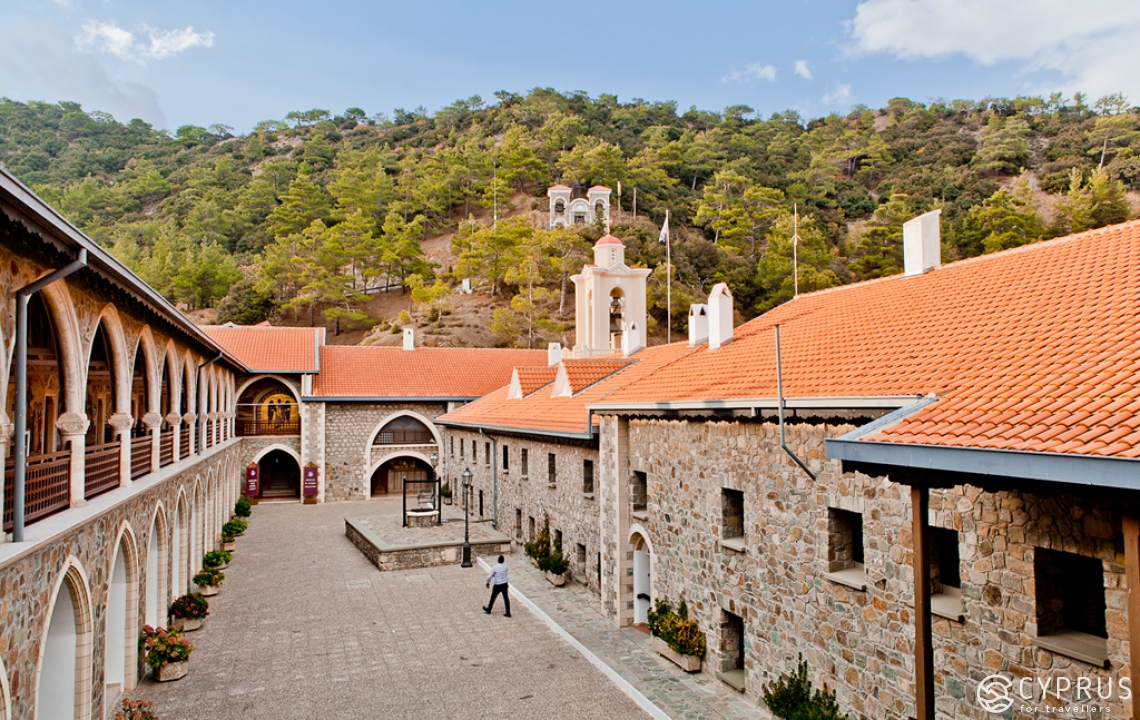
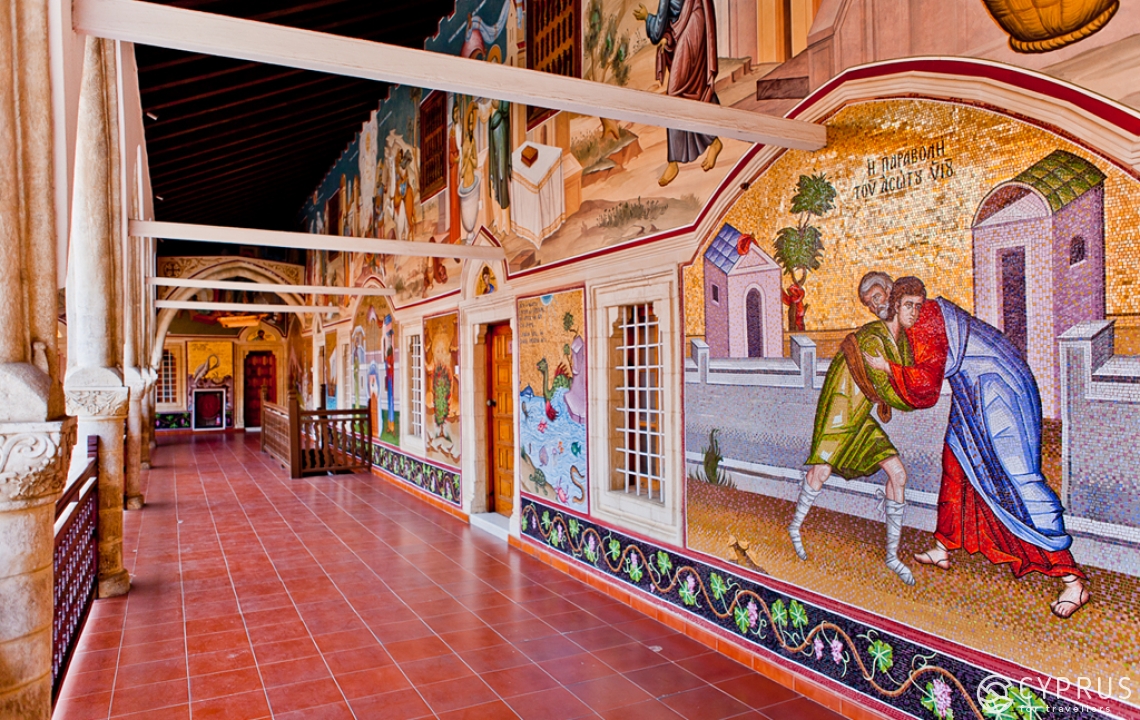
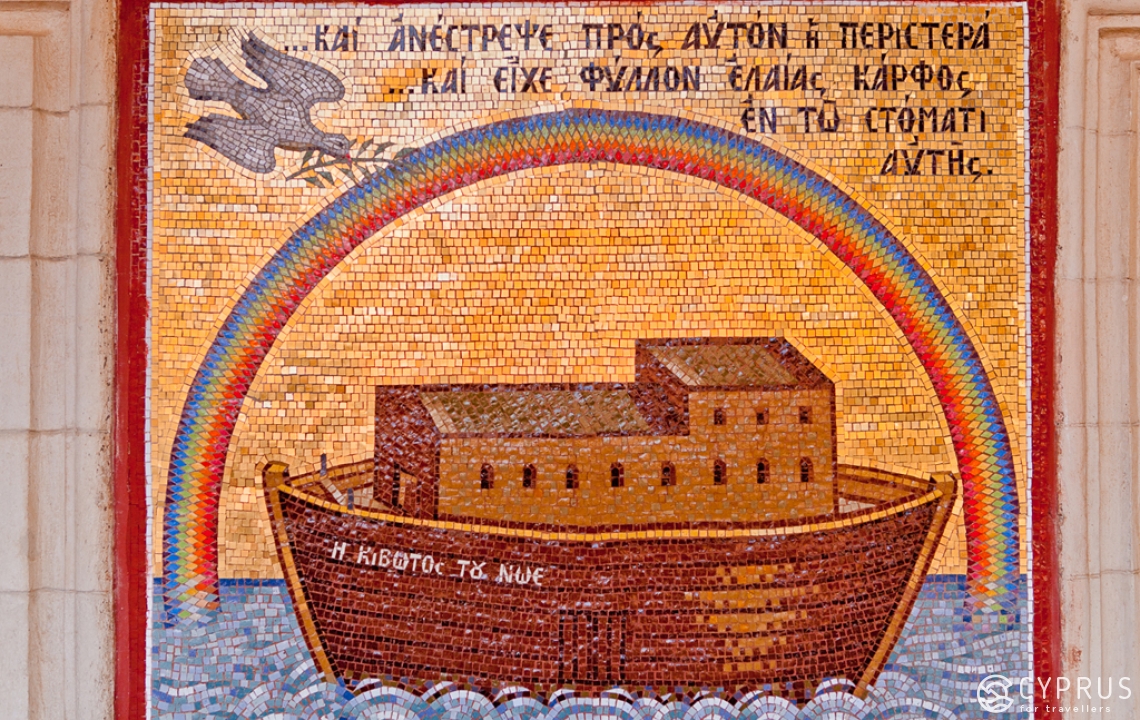
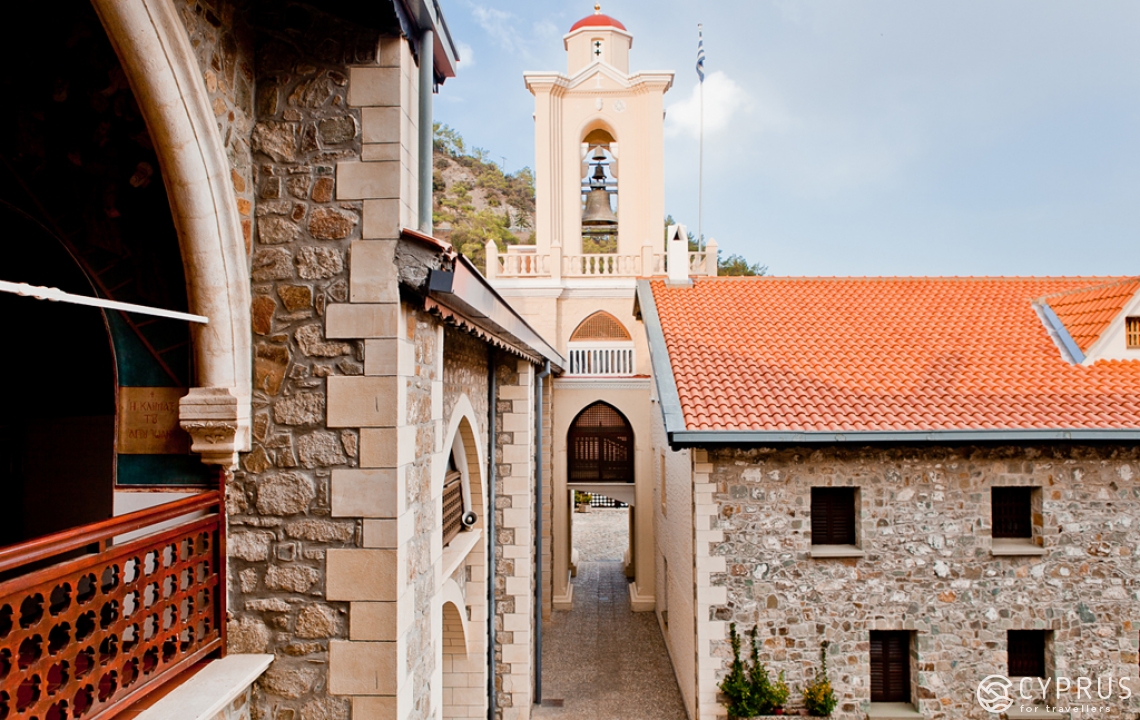
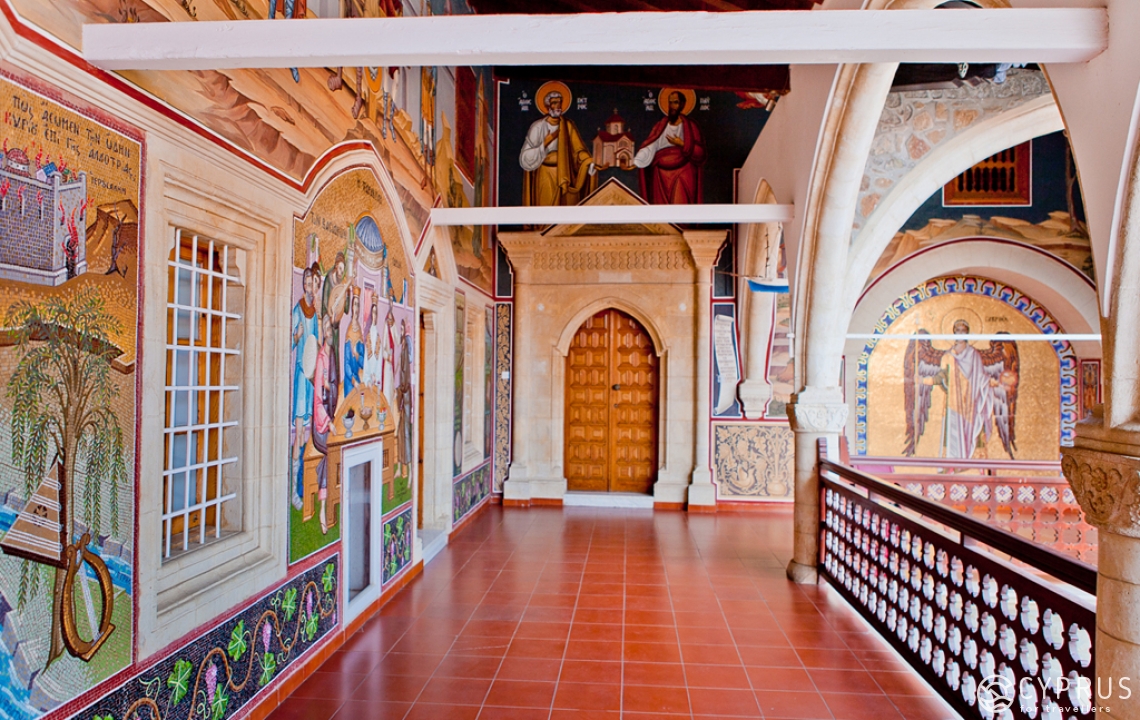
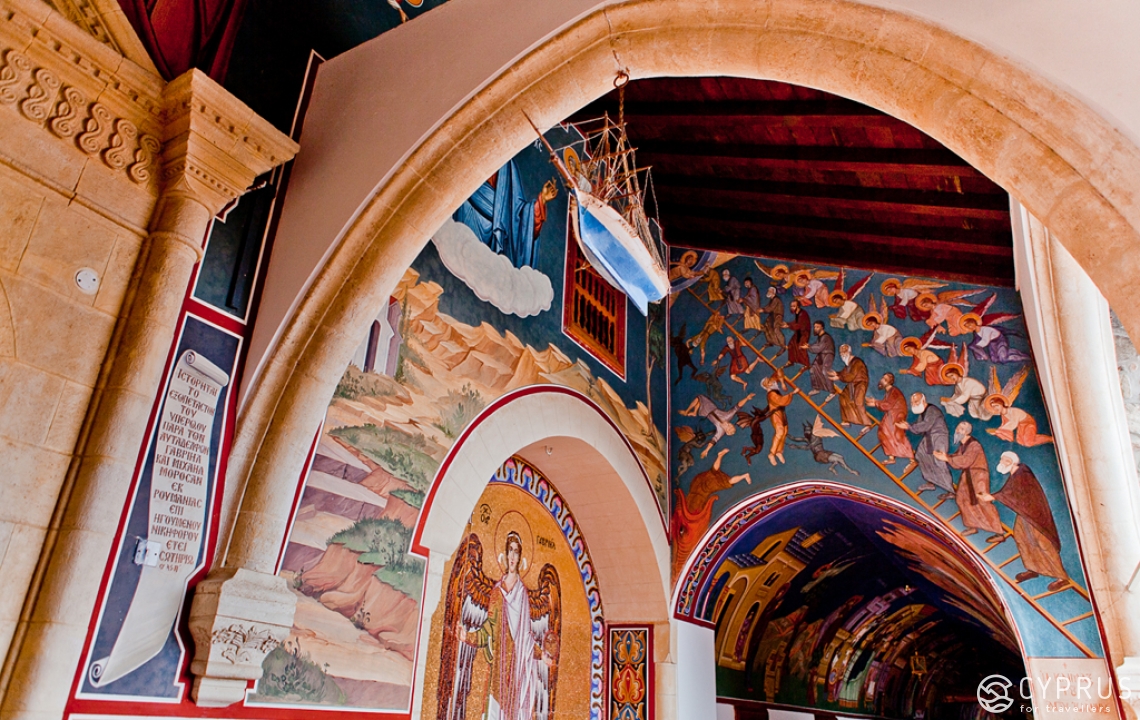
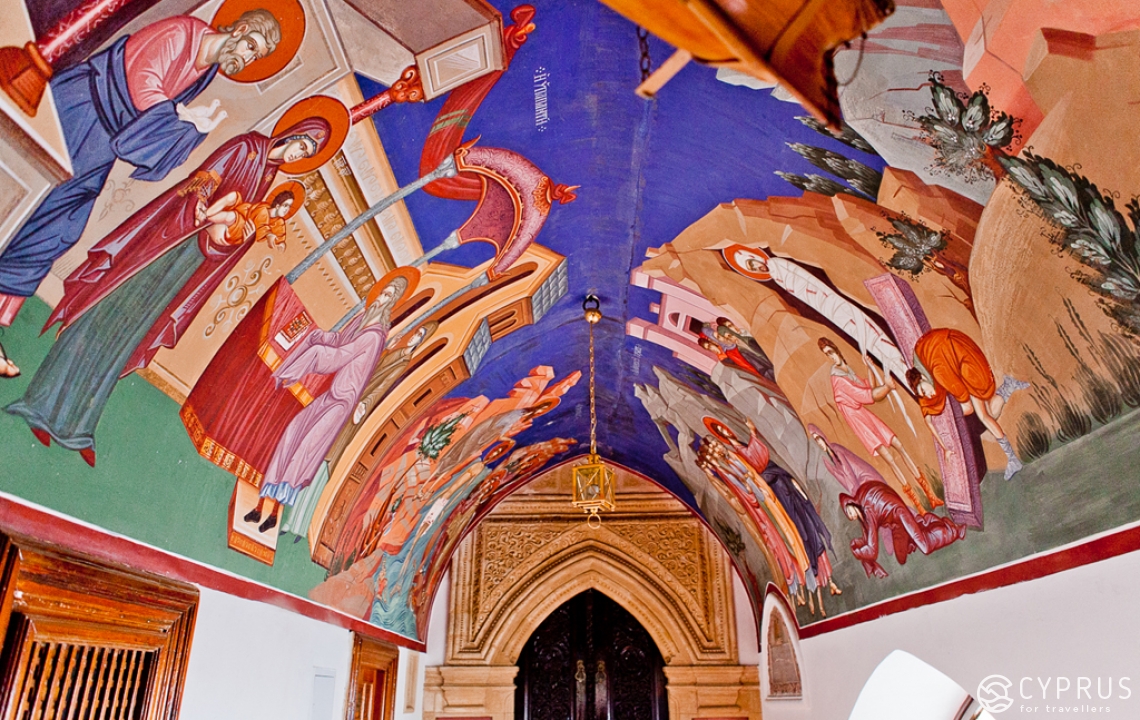
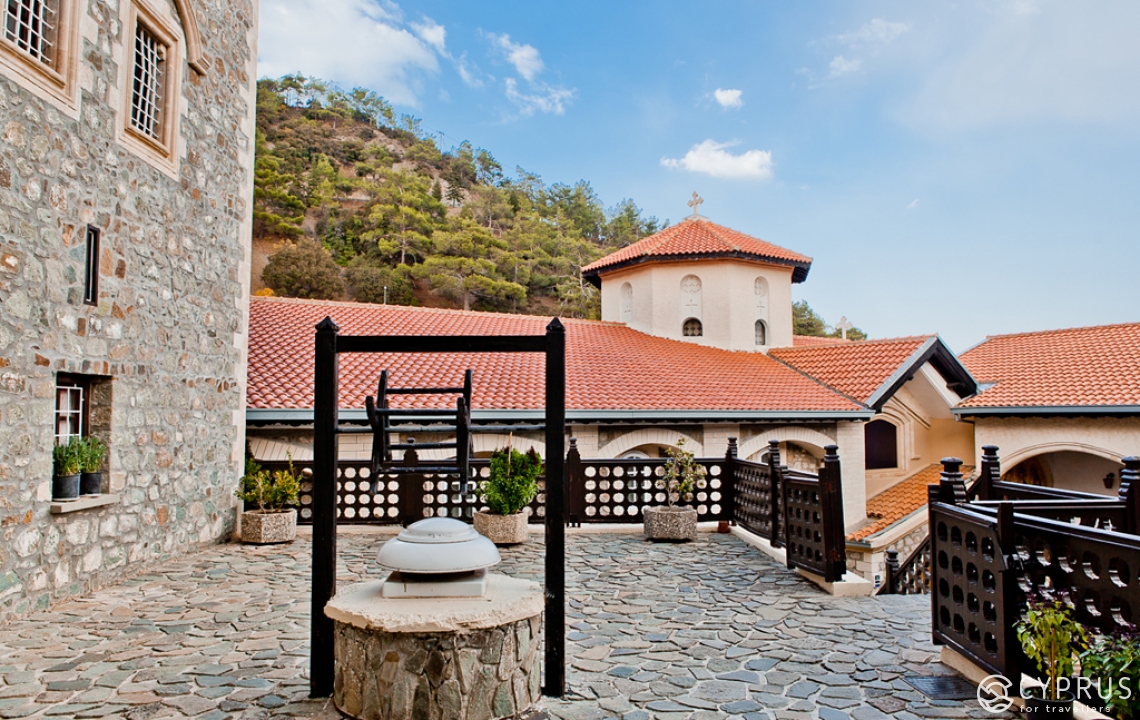
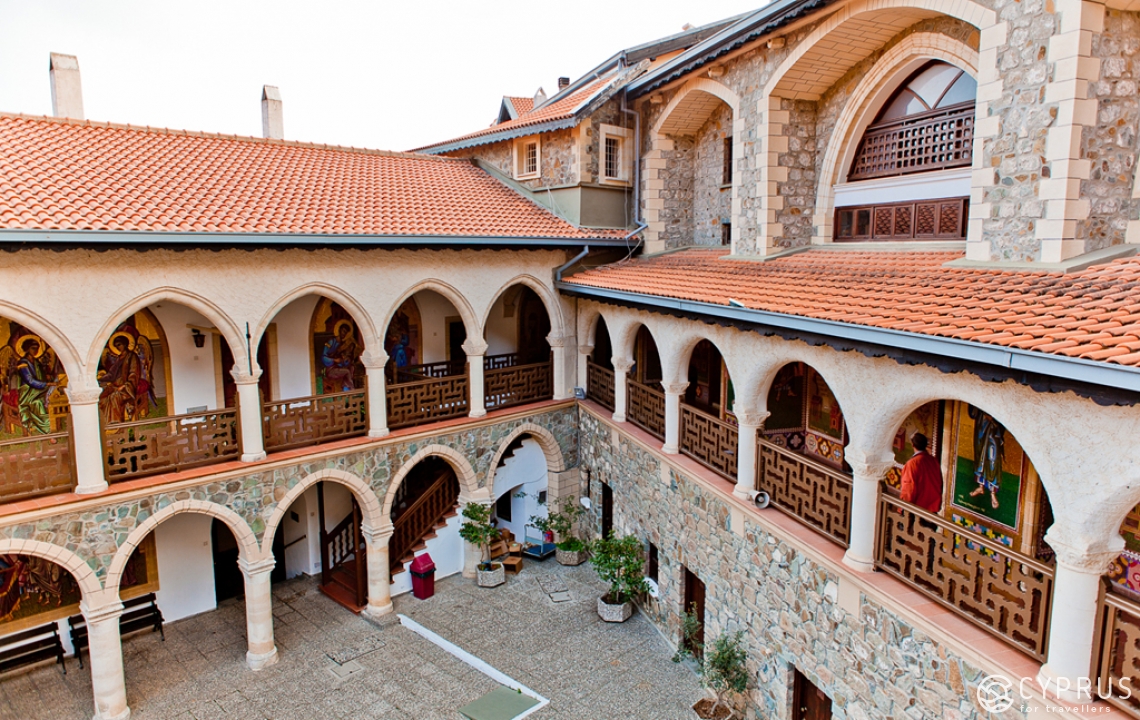
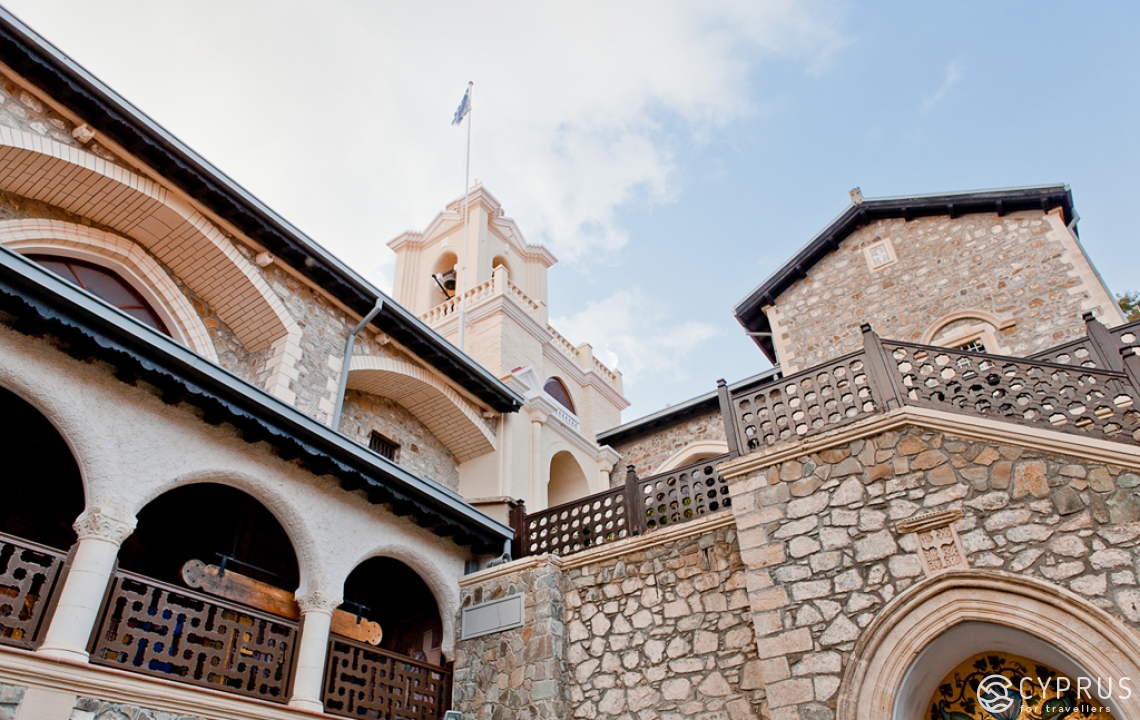
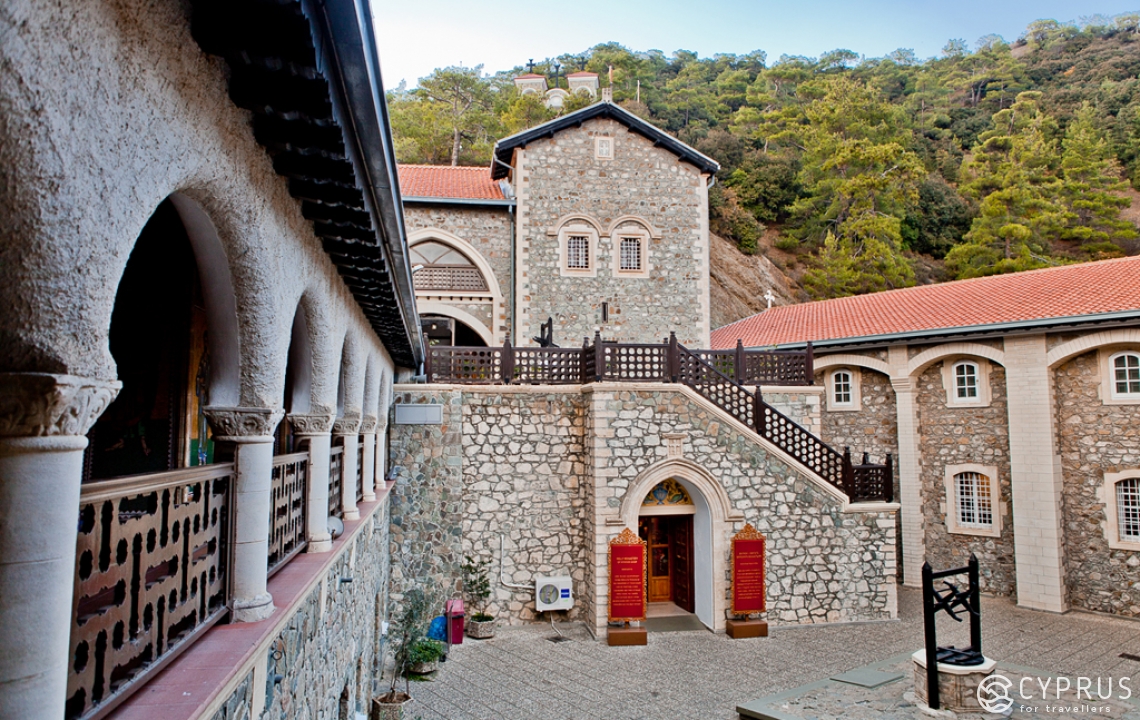
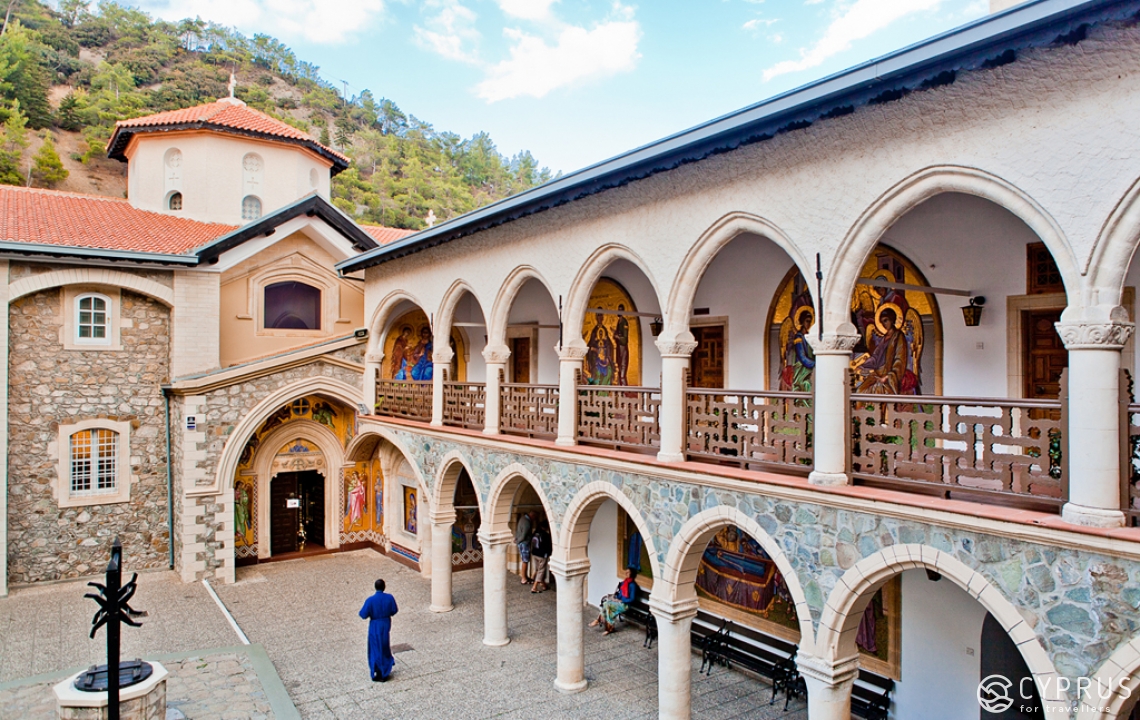
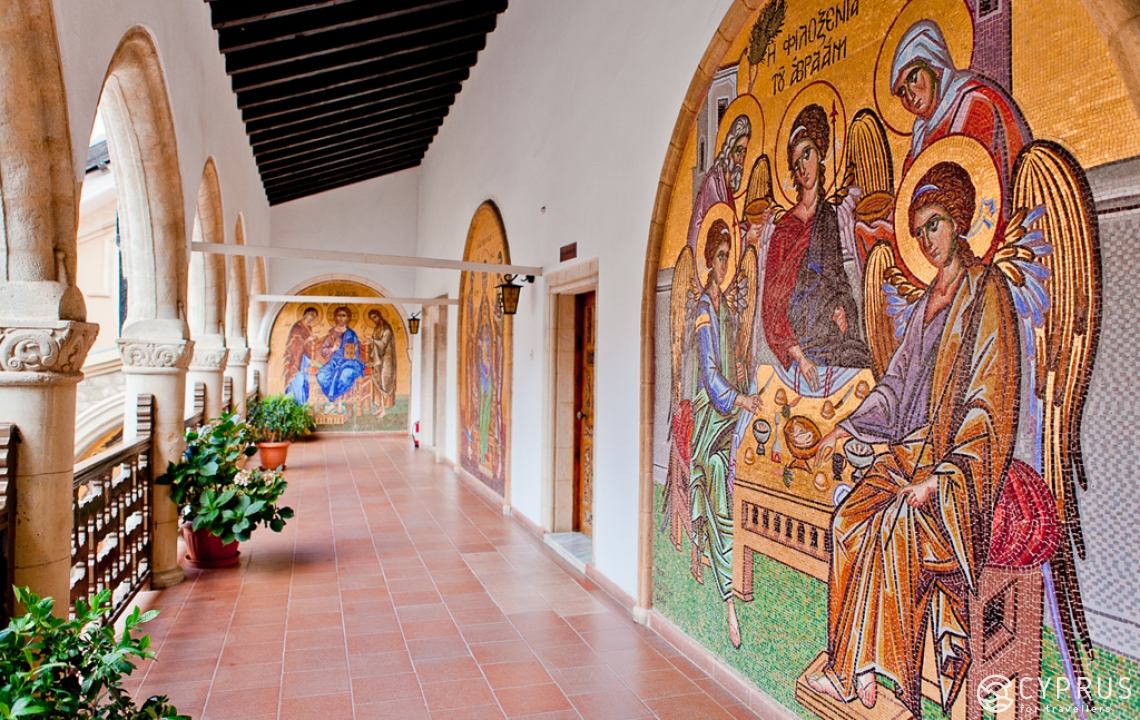
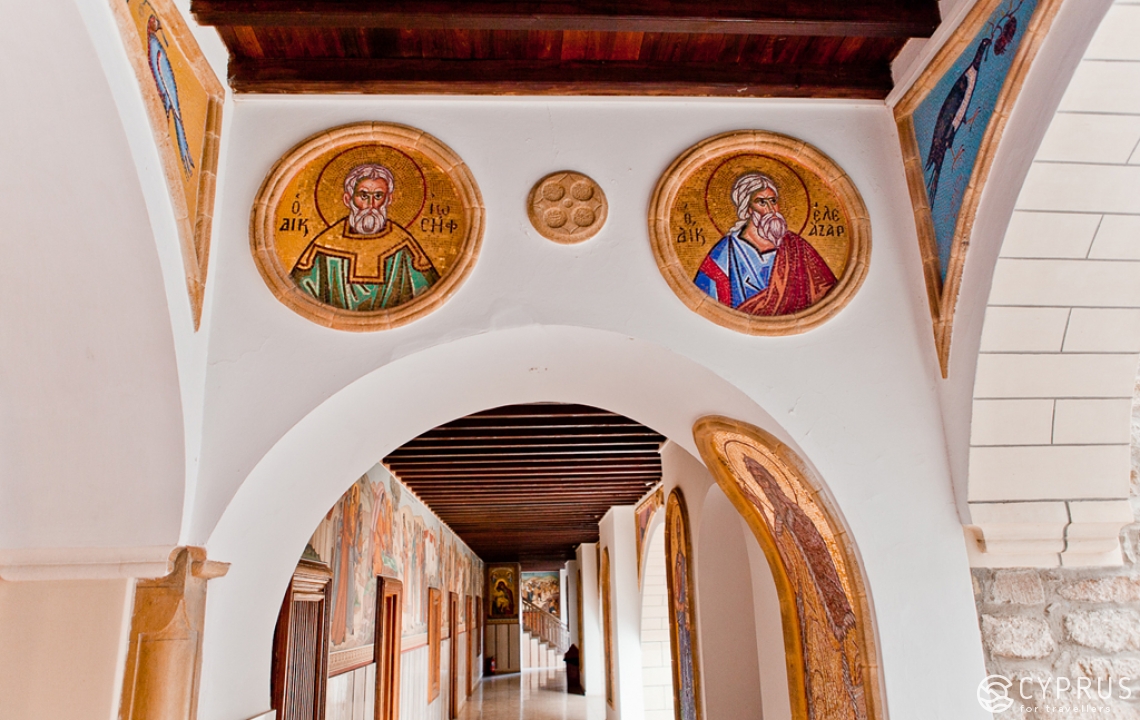
The origin of the monastery’s name is linked to several legends — according to one, a small bird let out a chirp predicting that the monastery would be founded, while another states that the name is linked to the “coconut” shrubs sprouting in the locality. There is also a parable relating to Duke Manuel Boutomites, the governor to the Byzantine Emperor. One day, while out hunting in the forest, he lost his way and stumbled across a cave, where the hermit Esaias was taking shelter. The governor began to bombard the old man with questions about the way back, but Esaias kept silent. Enraged by this, Manuel severely beat the hermit, but soon after his return home, he became seriously ill. Having remembered his cruel deed, the Duke requested the old man be tracked down and then apologised to him. Esaias prayed for Manuel to get better and soon after the Duke began to recover. As a sign of gratitude, Manuel promised to fulfil any of the hermit’s wishes, so Esaias requested the miraculous icon of the All-Holy Virgin Mother be brought from the imperial palace temple in Constantinople to Cyprus. Emperor Alexios Komnenos, whose daughter had been cured by Isaiah’s prayers, gave the icon to Cyprus as a gift.
The monastery’s main object of worship — the miraculous icon of the Virgin Mother of Kykkos the Gracious — was then set in the iconostasis of the main church. By Emperor’s decree, the icon was covered with a velvet curtain so nobody could see the faces of the Virgin Mother and Son. A multitude of stories exist concerning miracles performed by the icon: it has cured the sick, made mothers happy again and sent rain during droughts. The church houses the bill of a swordfish which almost sunk a fishing vessel, the crew of which were rescued thanks to their prayers to the merciful Mother of God.
The monastery has been reconstructed several times after fires, but every time the miraculous icon has managed to be rescued from the flames. Another miracle occurred during the fire of 1365: the monks had set out into the forest to look for kindling when a flame from a local resident’s campfire was carried onto the walls of the monastery by a strong wind. At that moment, the only person remaining in the monastery was a crippled old man, who was praying at the holy icon. When he saw the flame, he was gripped with terror, but then heard the words addressed to him: “Stand up, take the icon and save yourself”. The old man, having forgotten about his ailment, jumped up, took the icon and ran out of the dwelling now engulfed in fire. He then ascended a hill, where he clambered up the highest cedar tree. After returning from the forest, the monks saw him with the icon in his arms, untouched by the flames, and they were flooded with a boundless sense of joy.
The monastery’s spacious inner courtyard has preserved architectural elements from preceding centuries. The Church-Archaeological museum of the Kykkos monastery is located in the northern section of the complex and contains a collection of various ecclesiastical art pieces — church utensils, books, icon lamps and framing, as well as crosses, church vestments and samples of actual icons.
The monastery walls, encased by roofed galleries, are decorated with mosaics and wall paintings. Its main church, situated in the eastern part, can be reached through a small low-lying patio. This single-nave wooden church began to acquire its contemporary look in the 18th century when the main nave was crowned with a dome. Two lateral limits were also added, which were decorated with frescoes. The bell tower appeared later, in the 19th century, after a ban imposed under Ottoman rule — which had forbidden calling people to worship by using a bell ring — was lifted. Interestingly, the largest bell, with a weight of 1280 kg, was presented to the monastery as a gift from the Russian Empire.
Guest houses are available for pilgrims to the monastery’s territories — you can find shelter here at any time of year. The monastery is especially busy on days celebrating the Mother of God when the birth of the All-Holy Virgin is solemnly marked. At the summit of Throni hill, next to a stone chapel with a mosaic image of the Virgin Mother of Kykkos, there is a shrine to Archbishop Makarios III, the first President of Cyprus, who began his journey in the very walls of the Kykkos Monastery.
To find out the address and see the monastery location on a map, please see our directory.
Photography by Daria Saulskaia

